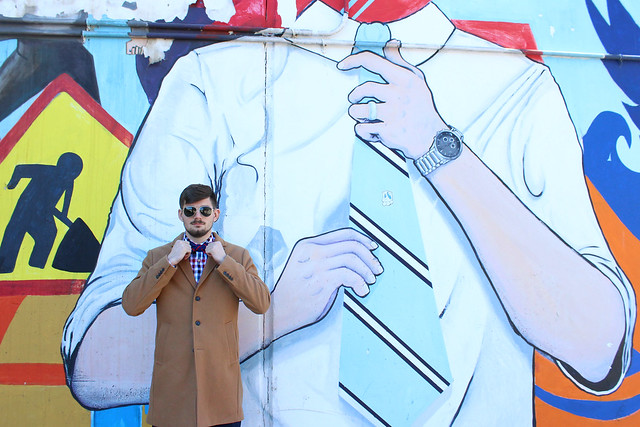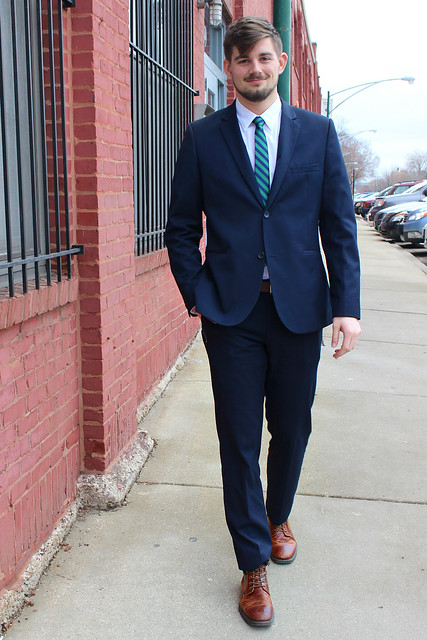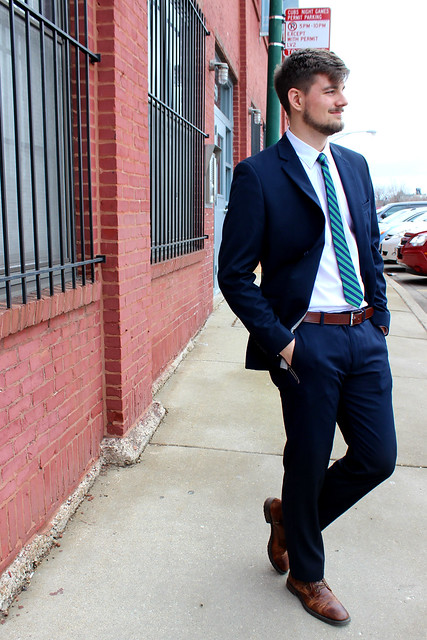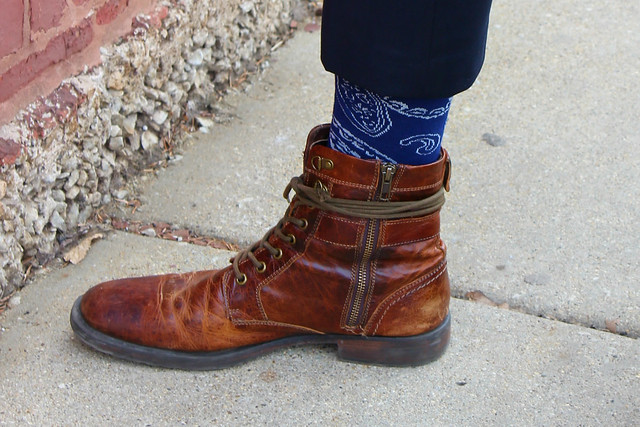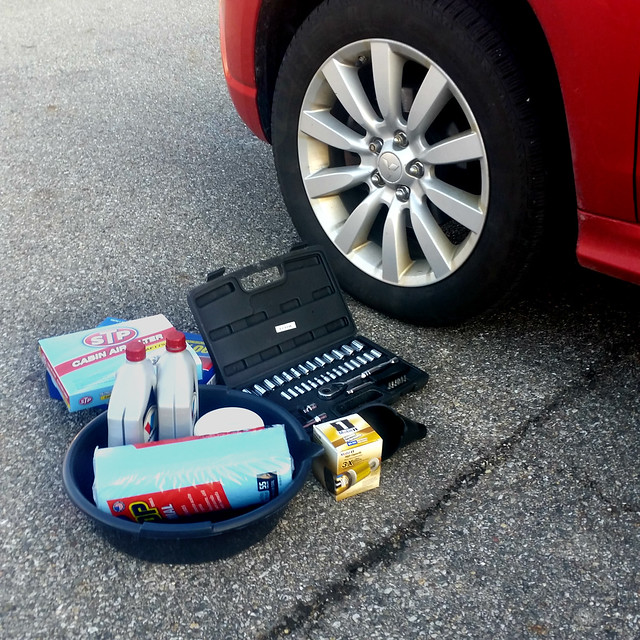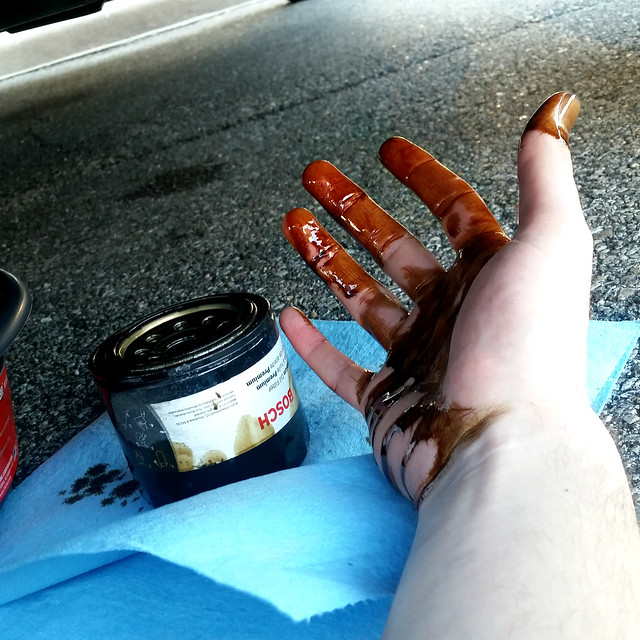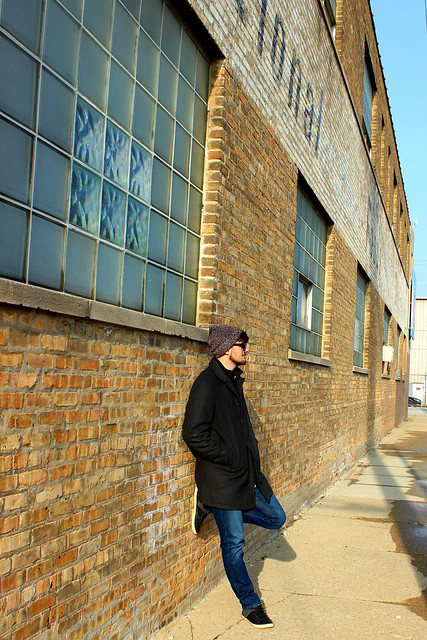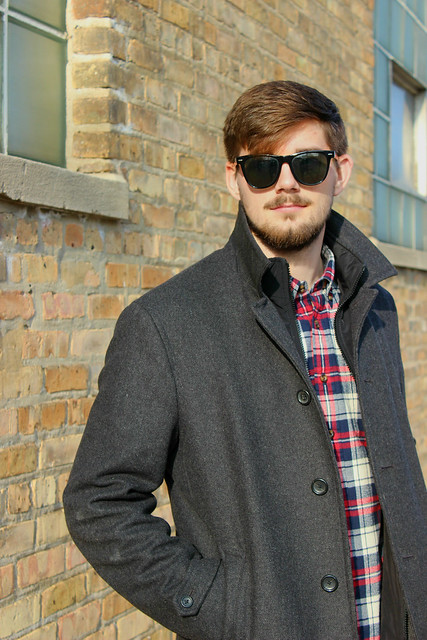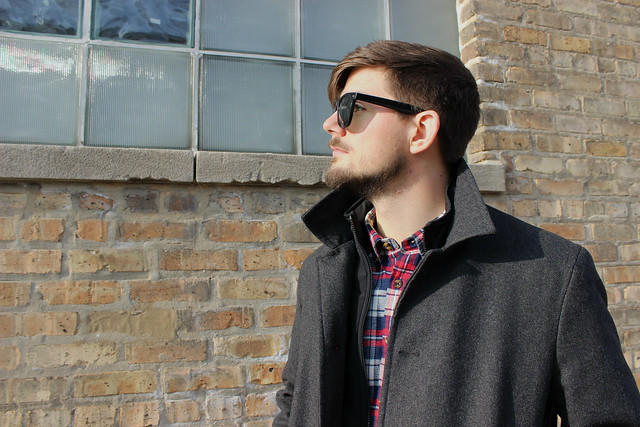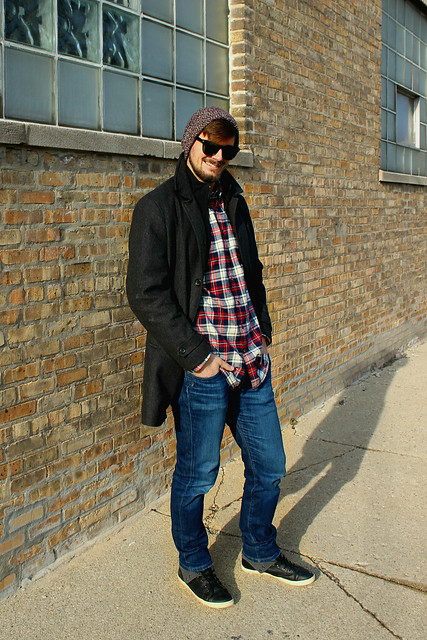So
I don't know how it's been in the rest of the country, but in Chicago Winter
has tried to fight that rascally groundhog's prediction of an early spring. Highs
in the 60s some days and lows in the 20s others. I've packed away all the
gloves and winter hats, and it's really just pride keeping me from getting them
down on the cold days.
Hopefully
the Spring weather we've caught glimpses of will stick around for good soon,
and I can let this jacket rest in peace for a few months. Tomorrow is April
after all, baseball finally starts back up, the NHL & NBA playoffs start, patios
& rooftops open - it really is one of the best times of the year. So today
I don the bow-tie in honor of Spring and everything great it brings.
I
think every guy should at least learn how to tie a bow-tie, even if they choose
not to wear them often. It used to be the go to for grooms on their wedding
days, but the matching tie and vest combo has become very popular recently (at
least from the past few I've attended). There are some great how-to's on YouTube to learn from or refresh yourself. Plus, those pre-tied ones just don't look
right.
If bow-ties are good enough for Bill Nye and The Doctor
(Matt Smith), they're good enough for me.
Coat & Shirt: Banana Republic | Bow Tie: The Tie Bar | Pants: Express | Shoes: Aston Grey

